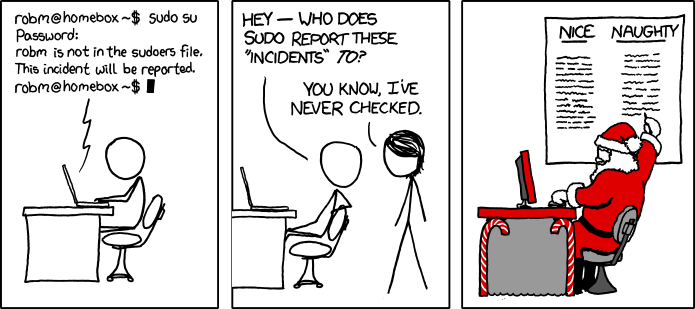

| Main index | Section 4 | Options |
Currently, the following MAC policy modules are shipped with FreeBSD :
| Name | Description | Labeling | Load time |
| mac_biba(4) | Biba integrity policy | yes | boot only |
| mac_bsdextended(4) | File system firewall | no | any time |
| mac_ifoff(4) | Interface silencing | no | any time |
| mac_lomac(4) | Low-Watermark MAC policy | yes | boot only |
| mac_mls(4) | Confidentiality policy | yes | boot only |
| mac_none(4) | Sample no-op policy | no | any time |
| mac_partition(4) | Process partition policy | yes | any time |
| mac_portacl(4) | Port bind(2) access control | no | any time |
| mac_seeotheruids(4) | See-other-UIDs policy | no | any time |
| mac_test(4) | MAC testing policy | no | any time |
tunefs -l enable filesystem
where filesystem is either the mount point (in fstab(5)) or the special file (in /dev) corresponding to the file system on which to enable multilabel support.
| File System | File system mounts, modifying directories, modifying files, etc. |
| KLD | Loading, unloading, and retrieving statistics on loaded kernel modules |
| Network | Network interfaces, bpf(4), packet delivery and transmission, interface configuration ((ioctl) 2, ifconfig(8)) |
| Pipes | Creation of and operation on pipe(2) objects |
| Processes | Debugging (e.g.amp; ktrace(2)), process visibility (ps(1)), process execution (execve(2)), signalling (kill(2)) |
| Sockets | Creation of and operation on socket(2) objects |
| System | Kernel environment (kenv(1)), system accounting (acct(2)), reboot(2), settimeofday(2), swapon(2), sysctl(3), nfsd(8) -related operations |
| VM | mmap(2) -ed files |
| Subject/Object | Utility |
File system object | setfmac(8),setfsmac(8) |
Network interface | ifconfig(8) |
TTY (by login class) | login.conf(5) |
User (by login class) | login.conf(5) |
Additionally, the su(1) and setpmac(8) utilities can be used to run a command with a different process label than the shell's current label.
The interface for retrieving, handling, and setting policy labels is documented in the mac(3) man page.
The FreeBSD Handbook, Mandatory Access Control,
| MAC (4) | July 25, 2015 |

| Main index | Section 4 | Options |
Please direct any comments about this manual page service to Ben Bullock. Privacy policy.
